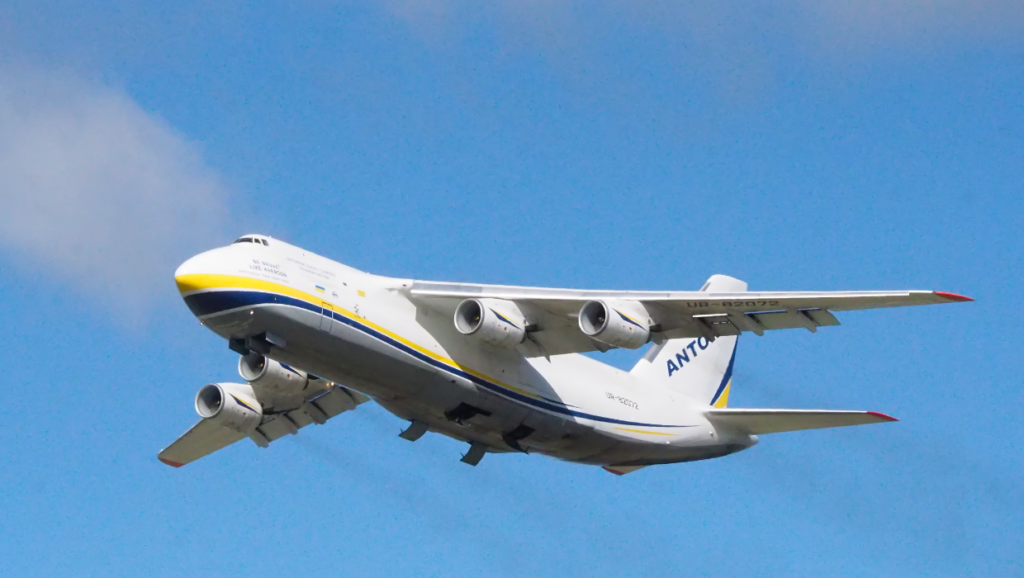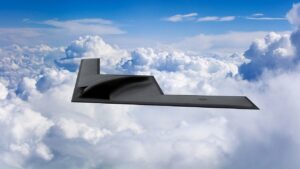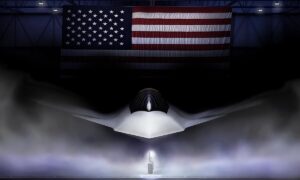Ukraine’s Defiant Skies and Russia’s Fading Grip
In the heart of Kyiv, a Ukrainian Antonov AN-124 cargo plane roared into the sky recently, a sight unseen since Russia’s invasion shuttered Ukraine’s airspace in 2022. You get the sense that this wasn’t just a flight—it was a middle finger to Moscow, a bold declaration that Ukraine’s spirit remains unbroken. For three and a half years, this massive aircraft, a symbol of Ukrainian engineering, endured relentless Russian air raids, hidden and repaired in secret. Its successful takeoff, carrying the promise of more weapons to bolster Ukraine’s defense, left Russian propagandists seething. Frankly, their fury reveals more than they’d like: Ukraine’s resilience is a growing embarrassment to a Kremlin that’s struggling to maintain its narrative of dominance.
This moment, though small in the grand sweep of the war, carries weight. It’s a reminder that Ukraine isn’t just surviving—it’s outsmarting its aggressor. The AN-124’s flight isn’t merely symbolic; it’s a practical blow to Russia’s campaign, enabling the transport of critical supplies to a nation under siege. Yet, as this victory unfolds, the war’s grim realities persist. Russia’s nightly barrages of drones and missiles—623 in a single night, according to recent reports—continue to terrorize civilians. President Volodymyr Zelenskyy revealed a chilling tactic: Russia deploys hundreds of decoy drones to overwhelm Ukraine’s air defenses, a cynical ploy to exhaust resources and sow chaos. What’s troubling is how this strategy exposes Russia’s desperation. Unable to sustain genuine firepower, Moscow resorts to smoke and mirrors, launching dummy drones to mask its dwindling capacity.
This war, now in its fourth year, has become a test of endurance, and Ukraine is proving it can outlast Russia’s bluster. The Kremlin’s economic and military miscalculations are mounting, while international support for Ukraine is surging. From Germany’s pledge of Patriot systems to Trump’s unexpected shift toward arming Kyiv, the tide is turning. Russia’s gamble—that it could outlast Western resolve and Ukraine’s defiance—is faltering. This article argues that Moscow’s strategic overreach, coupled with Ukraine’s ingenuity and growing global backing, is tilting the conflict toward a Ukrainian advantage, even as the human cost remains heartbreaking.
Russia’s Tactical Deceptions and Economic Woes
Russia’s use of decoy drones is a stark admission of its limitations. Zelenskyy’s revelation that only half of the 623 drones and missiles launched in a recent attack were genuine suggests Moscow is stretching its resources thin. These “Shahid imitators,” as Zelenskyy called them, are designed to confuse and exhaust Ukraine’s air defenses, allowing real threats to slip through. It’s a grimly clever tactic, but it betrays a deeper truth: Russia can’t afford to sustain its once-feared drone campaign. Producing hundreds of decoys is cheaper than deploying actual Shahed drones, yet it’s a stopgap measure that highlights Moscow’s industrial strain.
This strain extends beyond the battlefield. The International Energy Agency recently cast doubt on Russia’s ability to restore its oil production, battered by sanctions, declining exports, and the withdrawal of Western expertise. Russia’s oil industry, once a global powerhouse, is shrinking, with refineries and depots crippled by Ukrainian drone strikes. Add to that a 17-year low in grain exports, hammered by drought and a strengthening ruble, and you see a nation buckling under its own weight. Russia’s economy, heavily reliant on resource exports, is fraying, and Putin’s war machine is feeling the pinch.
Contrast this with Ukraine’s adaptability. Reports from the ground suggest Kyiv is developing low-cost interceptor drones to counter Russia’s Shaheds. If these prove effective—and early signs are promising—Ukraine could flip the economic calculus of Russia’s drone warfare. A cheap, nimble interceptor that costs half as much as a Shahed could render Moscow’s nightly attacks unsustainable. It’s a classic David-and-Goliath move: Ukraine, resource-strapped but innovative, is finding ways to neutralize Russia’s brute force. You get the sense that Kyiv’s engineers and soldiers are fighting not just for survival but for a strategic edge that could redefine this war.
The Human Toll and Ukraine’s Unyielding Spirit
Yet, for all the talk of strategy, the human cost is what lingers. Russian strikes on a Kharkiv maternity hospital, wounding mothers and newborns, are a stark reminder of Moscow’s indiscriminate cruelty. Zelenskyy’s words cut deep: “Russia is targeting life itself, even in the very places where it begins.” In Lviv, a woman walks her dog amid air raid sirens, a haunting image of normalcy under siege. For millions of Ukrainians, this is daily life—fear punctuated by defiance. It’s hard not to feel a mix of admiration and sorrow for a people who refuse to break.
Ukraine’s resilience isn’t just emotional; it’s tactical. The successful flight of the AN-124, the development of interceptor drones, and the precise strikes on Russian arms factories and gas pipelines show a nation that’s learned to fight smarter. A recent Ukrainian drone blitz hit four Russian military plants, including a Shahid production facility near Moscow. These strikes, combined with reports of a Haimars missile taking out a Russian marine unit commander, suggest Ukraine is hitting where it hurts. Meanwhile, Russia’s internal dysfunction—a cadet murdering his commander over hazing, an aircraft carrier abandoned after years of failed repairs—paints a picture of a military unraveling from within.
A Shifting Global Response
The international response is shifting in Ukraine’s favor, and it’s happening faster than many expected. Germany and Norway’s commitment to supply three Patriot systems, valued at $4.5 billion, is a game-changer for Ukraine’s air defenses. The Netherlands, Norway, and Germany are also pouring millions into recovery and cyber defense funds, signaling a long-term investment in Ukraine’s future. Even more surprising is the pivot from the United States. Reports indicate President Trump, initially hesitant, is now considering sending weapons to Ukraine and confiscating $5 billion in frozen Russian assets to fund Kyiv’s defense. This is a sharp departure from his earlier overtures to Moscow, which included a proposed peace deal that would have ceded territory and lifted sanctions.
What始0 Why the shift? Trump’s frustration with Putin’s refusal to negotiate—despite six months of talks and a wildly generous offer—seems to have soured his patience. At a recent ASEAN conference, U.S. Senator Marco Rubio publicly humiliated Russia by citing staggering losses: 100,000 Russian soldiers dead since January 2025. The Kremlin’s propaganda machine bristled, but the numbers, corroborated by Russian soldiers’ own accounts of brutal “meat assaults,” ring true. Trump’s reported plans for a major sanctions bill and new aid to Ukraine suggest he’s betting on Kyiv’s resilience over Moscow’s intransigence. It’s a political win for him—polls show 60-70% of Americans support aiding Ukraine—and a strategic blow to Putin.
Conclusion: A Turning Point?
You can’t help but feel that this war is at a crossroads. Russia’s economy is creaking, its military is bleeding, and its tactics are growing desperate. Ukraine, meanwhile, is innovating, enduring, and rallying global support. The AN-124’s flight over Kyiv is a microcosm of this dynamic: a nation under siege finding ways to defy the odds. But the cost—13 killed, 46 injured in a single day—reminds us that victory is far from assured. What’s encouraging is the momentum. If Ukraine’s interceptor drones prove effective, if Western aid continues to flow, and if Russia’s economy continues to falter, the balance could tip decisively.
The question now is whether the West will stay the course. Trump’s about-face is a start, but sustained commitment is crucial. For Ukraine, this isn’t just about survival—it’s about proving that resilience and ingenuity can outlast tyranny. For Russia, it’s a warning: underestimating Ukraine’s defiance is a miscalculation that could cost Putin his imperial dreams.



